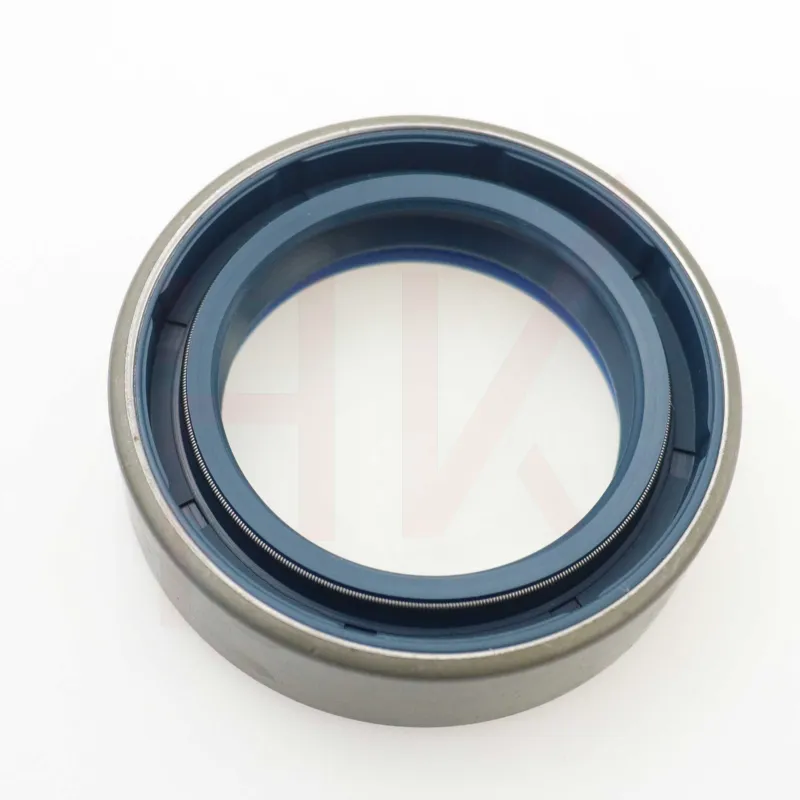dets. . 10, 2024 16:45 Back to list
hydraulic cylinder seal repair
Understanding Hydraulic Cylinder Seal Repair A Comprehensive Guide
Hydraulic cylinders are crucial components in various machinery, commonly used in construction, manufacturing, and agricultural equipment. They convert hydraulic energy into mechanical force, enabling smooth and efficient operations. However, over time, wear and tear can lead to seal failures, resulting in leaks, reduced efficiency, and potential damage to the machinery. Therefore, understanding hydraulic cylinder seal repair is essential for maintaining equipment performance and longevity.
Importance of Seals in Hydraulic Systems
Seals play a vital role in hydraulic systems by preventing fluid leaks and maintaining pressure within the cylinder. They ensure that the hydraulic fluid remains contained, allowing the system to function optimally. Common types of seals used in hydraulic cylinders include o-rings, lip seals, U-cups, and backup rings. Each type is designed for specific applications and pressures. When these seals wear out, they can cause a decline in hydraulic performance, leading to inefficient operations and increased costs.
Symptoms of Seal Failure
Recognizing the signs of seal failure is the first step in effective repair. Some common indicators include
1. Visible Leaks If hydraulic fluid is visible around the cylinder, it is a clear sign that the seals need attention. 2. Decreased Performance A decline in the machine's performance or an inability to hold the intended load may indicate seal degradation. 3. Unusual Noises Grinding, squeaking, or other unusual sounds during operation can be attributed to failing seals. 4. Cylinder Drift If the cylinder drifts when not in use, it may signify that the seals are no longer able to maintain pressure.
Steps for Seal Repair
Repairing hydraulic cylinder seals can be a manageable task if one follows a systematic approach. Here’s a step-by-step guide
hydraulic cylinder seal repair

1. Safety First Before beginning any repair, ensure that you have the proper safety gear and that the machinery is turned off and depressurized. This includes wearing gloves, goggles, and other protective equipment.
2. Disassemble the Cylinder Carefully remove the hydraulic cylinder from the machine. Drain any residual hydraulic fluid and remove the end caps, rod, and other components using appropriate tools.
3. Inspect the Components Examine the cylinder barrel, piston, and rod for signs of wear or damage beyond the seals. Look for scratches, dents, or corrosion that could lead to further issues.
4. Replace the Seals Remove the old seals using a seal removal tool. Clean the sealing surfaces thoroughly before installing new seals. Ensure that the replacement seals are compatible with the hydraulic fluid and pressure of your system.
5. Reassemble the Cylinder After replacing the seals, carefully reassemble the cylinder. Make sure all components are aligned correctly, and use appropriate torque specifications for the fasteners to avoid over-tightening.
6. Test the System Once the cylinder is back in place, refill the hydraulic fluid and purge any air from the system. Operate the machinery at low pressure initially to check for leaks or performance issues before returning it to full operation.
Conclusion
Regular maintenance and timely repairs of hydraulic cylinder seals are essential to prevent costly breakdowns and ensure optimal system performance. By understanding the signs of seal failure and following a structured repair process, operators and maintenance personnel can prolong the life of hydraulic cylinders. Investing time and resources into seal repair not only enhances efficiency but also contributes to safer and more reliable machinery operation in various industrial applications.
-
The Trans-formative Journey of Wheel Hub Oil Seals
NewsJun.06,2025
-
Graphene-Enhanced Oil Seals: Revolutionizing High-Pressure Oil Sealing
NewsJun.06,2025
-
Future of Hydraulic Sealing: Advanced Intelligent TCN Oil Seals
NewsJun.06,2025
-
Don’t Let a Broken TCV Oil Seal Ruin Your Day
NewsJun.06,2025
-
Bio-Inspired Dust Seals for Better Sealing Performance
NewsJun.06,2025
-
Biodegradable and Sustainable Hydraulic Seal Materials
NewsJun.06,2025
-
Top Oil Seal Solutions for Your Industrial Needs
NewsMay.22,2025
Products categories
















